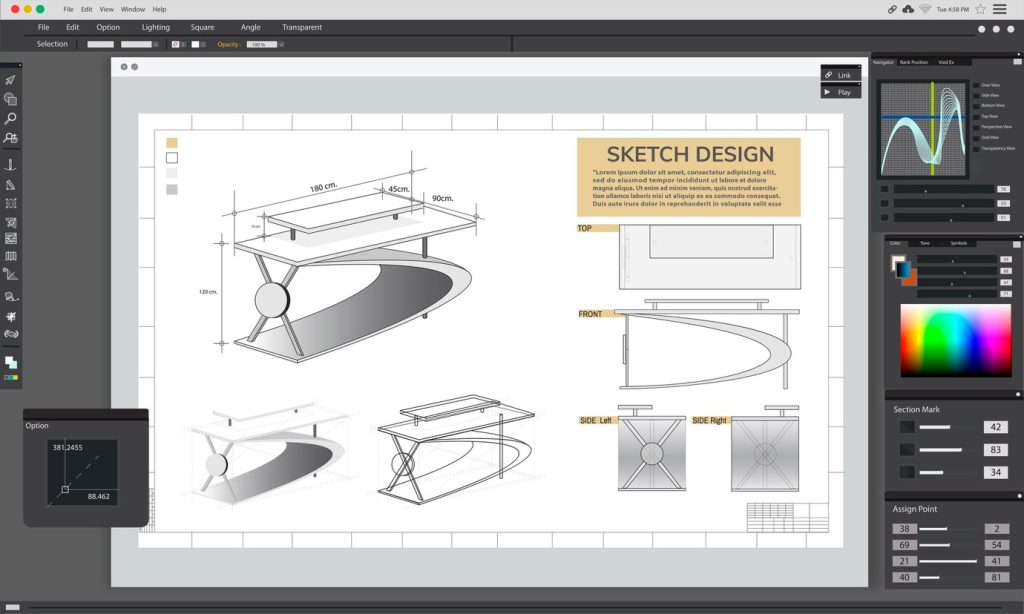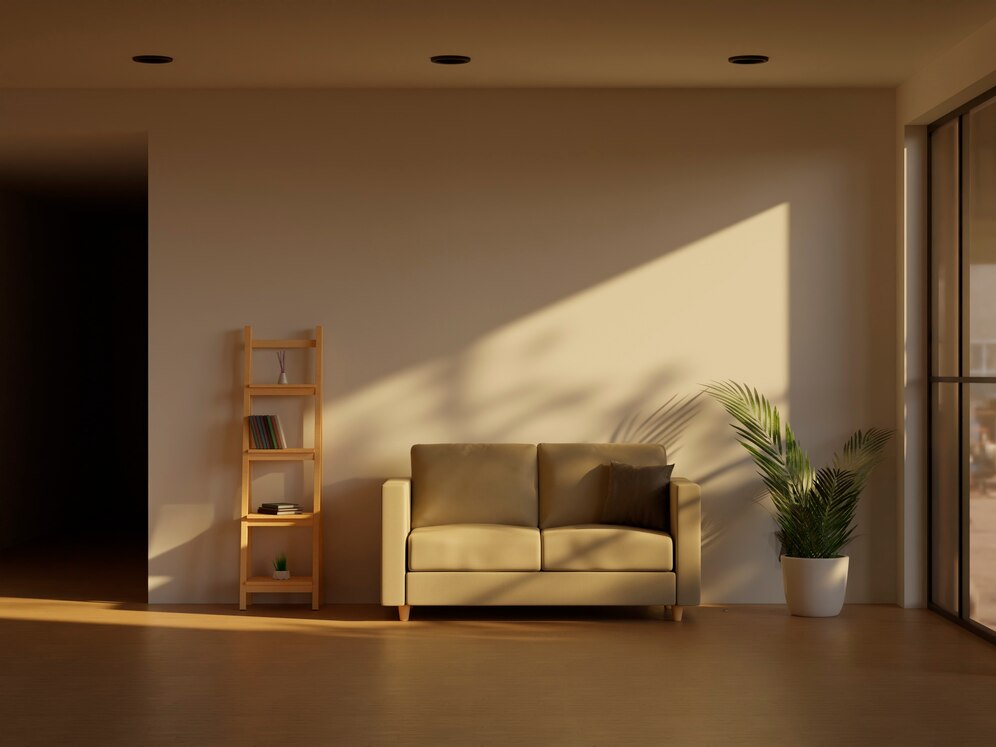
3D Studio Max is a powerful tool in the world of interior design, helping create detailed, realistic models from scratch. This guide will embark you on a journey from being a novice to mastering 3D Max for interior design.
Understanding the Basics of 3D Max
Starting with ‘3D Max Basics’, it’s a modeling, animation, and rendering software often used in architectural visualization to create high-quality interior visuals.
Navigating the 3D Max Workspace
Before starting with design creation, it’s essential to understand ‘3D Max Interface and Layout’. Familiarity with various workspaces, toolbars, command panels, and viewports will make the design process smoother.
Creating Basic 3D Objects
The foundation of the design lies in ‘Creating Basic 3D Geometrical Shapes’ to represent different interior elements – a cube for a table, a cylinder for a lamp, and so on.

Importing Plans and Elevations
From importing ‘2D AutoCAD Drawings to 3D Max’ to ‘Using Architectural Drawings in 3D Max’, this step helps translate 2D plans into a 3D environment for further modeling.
Modeling Your Interior Space
‘3D Modeling in 3D Max’ involves building on basic shapes to create more complex interior objects – like sofas, tables, and lighting fixtures.
Applying Textures and Materials
‘Creating Realistic Materials in 3D Max’ breathes life into your models. Be it wooden furniture textures, interior paint colors, or fabric materials for soft furnishings, this stage adds a touch of realism.
Lighting Up Your Interior
Correct lighting placement can make or break any interior presentation. ‘Interior Lighting Techniques in 3D Max’ illuminate your design to the best effect.
Rendering High-Quality Images
The final step in the ‘3D Max Interior Design Process’ is rendering. Utilizing ‘3D Max and V-Ray for Rendering’, you generate high-quality images ready for presentation.
Case Study: Redesigning a Classic Loft
This ‘3D Max Interior Design Case Study’ involves a revamped loft. The design process began by importing the loft’s floor plan and elevation into 3D Max. The final design incorporated textured brick walls, industrial lighting fixtures, and vintage furniture pieces, all created, textured, and lit in 3D Max.
In conclusion, whether you’re an aspiring interior designer or a professional looking to expand your toolkit, ‘Mastering 3D Max for Interior Design’ can significantly enhance your design presentations. As each step unfolds, keep in mind: the road to becoming a 3D Max expert involves consistency, creativity, and most importantly, practice.


